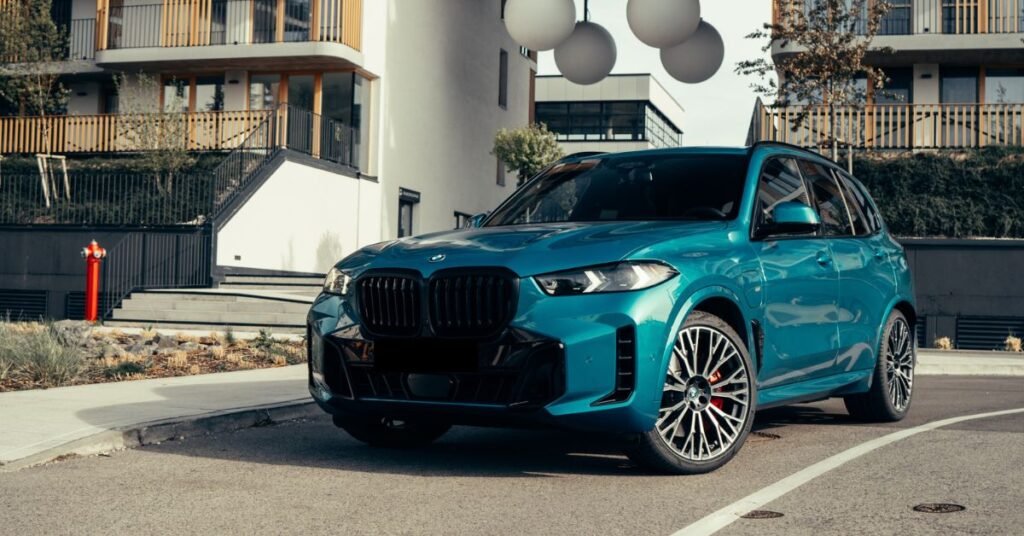
“Big block” and “small block” refer to distinct families of V8 engines, primarily from American manufacturers like Chevrolet, Ford, and Chrysler, particularly famous in the muscle car era. The terms broadly describe their physical size, displacement capabilities, and typical performance characteristics.
Big Block Engine Meaning
A big block engine refers to a family of large-displacement, typically V8 internal combustion engines, particularly prominent in American automotive history, especially during the muscle car era. The term “big block” is often used in contrast to “small block” engines.
Here’s a breakdown of what defines a big block:
- Physical Size: The most straightforward distinction is that big blocks are physically larger and heavier than small blocks. This typically means larger external dimensions for the engine block itself.
- Displacement: Big block engines generally have larger displacement (total volume of all cylinders) compared to small blocks. While there’s no strict cutoff, displacements typically exceed 400 cubic inches (e.g., 396, 427, 454, 460, 440 cubic inches are common examples from Chevrolet, Ford, and Mopar respectively).
- Bore Spacing: A key technical difference is the wider bore spacing (the distance between the centers of adjacent cylinder bores) in big blocks. This wider spacing allows for larger cylinder bores and, consequently, larger valves, which helps the engine “breathe” better and achieve greater power potential.
- Deck Height: Big blocks also tend to have a taller deck height, which is the distance from the crankshaft centerline to the top of the cylinder block. This accommodates longer strokes, contributing to greater displacement and torque.
- Torque Production: Due to their larger displacement, bigger bores, and often longer strokes, big block engines are renowned for producing massive amounts of low-end torque. This makes them ideal for applications requiring brute force, such as hauling heavy loads or achieving rapid acceleration in a straight line.
- Applications:
- Trucks and Heavy Vehicles: Initially, big blocks were designed to power larger, heavier vehicles, like full-size sedans, trucks, and even buses, where their high torque output was essential for moving significant weight.
- Muscle Cars: They quickly became legendary in muscle cars, where their raw power and torque were perfectly suited for drag racing and delivering an exhilarating, powerful driving experience.
- Racing: Their robust design and potential for extreme power made them staples in various forms of motorsport, including drag racing and NASCAR
Small Block Engine Meaning
Just like the big block, the small block engine is a term primarily associated with American V8 internal combustion engines, defined by its more compact physical dimensions compared to its “big block” counterparts from the same manufacturer. The most famous example is the Chevrolet Small Block V8, introduced in 1955. Maybe you own a Chevy car? Check out Chevy mods here!
Here’s what generally characterizes a small block engine:
- Compact Size and Lighter Weight: As the name suggests, small blocks are physically smaller and significantly lighter than big blocks. This compact design makes them versatile, allowing them to fit into a wider range of vehicles, from sports cars to sedans and trucks. The lighter weight can also contribute to better handling and acceleration due to less mass being moved around.
- Displacement: While “small,” their displacement can still be quite substantial, typically ranging from around 262 cubic inches (4.3 L) up to 400 cubic inches (6.6 L) in older generations, and even larger in modern iterations (e.g., the LS7 427 cubic inch is considered a small block by architecture).
- Bore Spacing: A defining technical characteristic, especially for the Chevy small block, is a narrower bore spacing (the distance between the centers of adjacent cylinder bores) compared to big blocks. For the Chevy small block, this has historically been 4.40 inches.
- Versatility and Adaptability: Small blocks are renowned for their incredible versatility, durability, and a massive aftermarket support. They can be found in everything from daily drivers and muscle cars to hot rods, race cars, and even marine applications. Their design allows for significant modifications to increase power.
- Balance of Performance and Efficiency: While generally not designed for the sheer brute force torque of a big block in stock form, small blocks offer an excellent balance of power, efficiency, and lighter weight, making them suitable for a broader range of applications.
- Continuous Evolution: The small block design has proven incredibly enduring. Chevrolet, for example, has continuously evolved its small block V8s over decades (through various “generations” like the LT and LS series), incorporating modern technologies like direct injection, variable valve timing, and active fuel management, allowing them to produce incredible horsepower and torque figures while meeting modern emissions standards.


